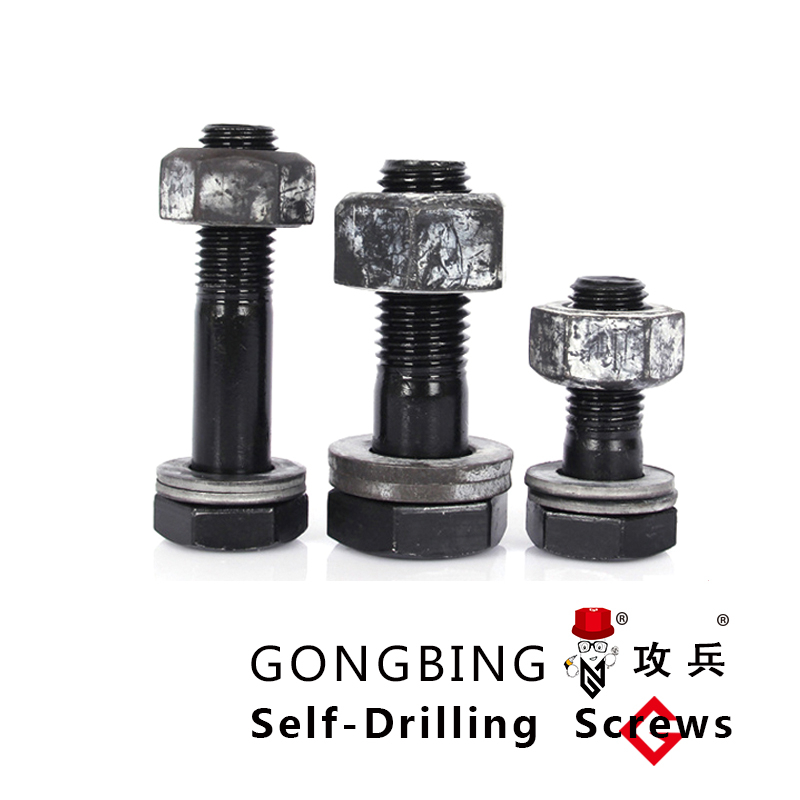Understanding the Benefits of Wedge Anchor Expansion Bolts for Your Projects
Understanding Wedge Anchor Expansion Bolts A Comprehensive Guide
Wedge anchor expansion bolts are a staple in the construction and engineering industries, known for their reliability and strength in anchoring applications. These fasteners are specifically designed to secure heavy objects to concrete and are favored for their ease of installation and robust holding power. This article delves into the features, applications, benefits, and installation process of wedge anchor expansion bolts, offering a well-rounded understanding of this essential tool.
Features of Wedge Anchor Expansion Bolts
Wedge anchors are typically composed of three main components a threaded rod, a wedge-shaped clip, and a washer with a nut. The design allows for the anchor to expand within the concrete as it is tightened, creating a secure hold. Wedge anchors come in various sizes, lengths, and materials, such as zinc-plated steel, stainless steel, and hot-dipped galvanized steel. The choice of material depends on the environmental conditions and the specific requirements of the application. For instance, stainless steel anchors are ideal for corrosive environments, while zinc-plated options are cost-effective for less demanding settings.
Applications
Wedge anchor expansion bolts are versatile and can be used in numerous applications. Commonly, they are employed in construction projects to attach structural supports, machinery, and equipment to concrete floors and walls. Wedge anchors are also used in the installation of handrails, guardrails, and furniture in commercial and residential settings. Their ability to provide strong anchorage makes them a popular choice for both interior and exterior applications.
wedge anchor expansion bolt

Benefits
The advantages of using wedge anchors are numerous. Firstly, their strong holding power allows them to support significant loads, making them ideal for anchoring heavy equipment. Secondly, they are relatively easy to install, requiring minimal tools and skills. This feature reduces labor costs and ensures faster project completion times. Additionally, wedge anchors have high resistance to fatigue and shear forces, ensuring long-term performance in demanding environments. They also provide a high level of safety, as properly installed wedge anchors minimize the risk of failure in critical applications. Furthermore, their corrosion resistance, especially in stainless steel variations, extends the lifespan of the anchor, making it a cost-effective choice in the long run.
Installation Process
Installing wedge anchor expansion bolts involves several straightforward steps, making it accessible even for amateur builders. Firstly, the correct size of the anchor is selected based on the load requirements and the thickness of the concrete. Next, a hole is drilled into the concrete using a hammer drill to the specified depth and diameter recommended for the selected anchor.
Once the hole is prepared, any dust or debris should be cleared to ensure a strong bond. The wedge anchor is then inserted into the hole, and a washer and nut are placed on the threaded end. As the nut is tightened, the wedge is forced upward, expanding against the sides of the hole. This expansion locks the anchor firmly in place.
In conclusion, wedge anchor expansion bolts are an essential component in various construction and engineering applications. Their unique design, ease of use, and robust performance make them a go-to choice for securing heavy loads in concrete structures. Understanding their features, advantages, and proper installation techniques can significantly contribute to the success of a project, ensuring safety and durability in construction endeavors.
-
Weatherproof Plastic Expansion Anchors for OutdoorNewsJun.06,2025
-
Sustainability in the Supply Chain: Eco-Friendly TEK Screws ProductionNewsJun.06,2025
-
Load-Bearing Capacity of External Insulation FixingsNewsJun.06,2025
-
Double Head Bolts: Enhancing Efficiency in Industrial MachineryNewsJun.06,2025
-
Corrosion Resistance in Chipboard Screws: Coatings for Wholesale DurabilityNewsJun.06,2025
-
Butterfly Toggle Bolts : Enhancing Structural ResilienceNewsJun.06,2025
